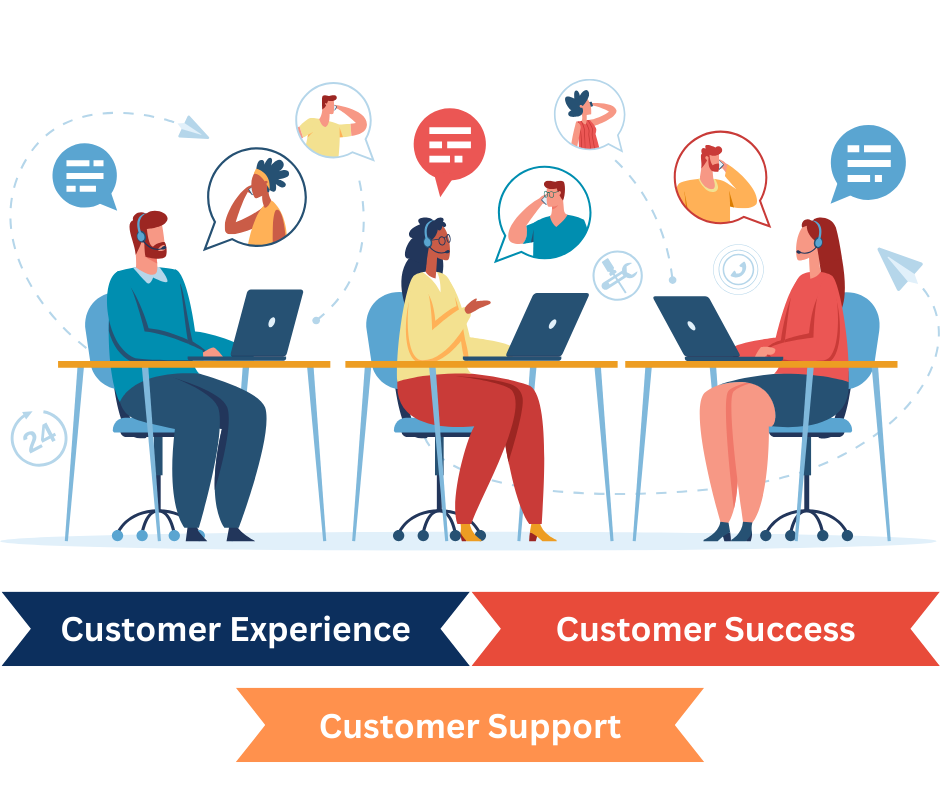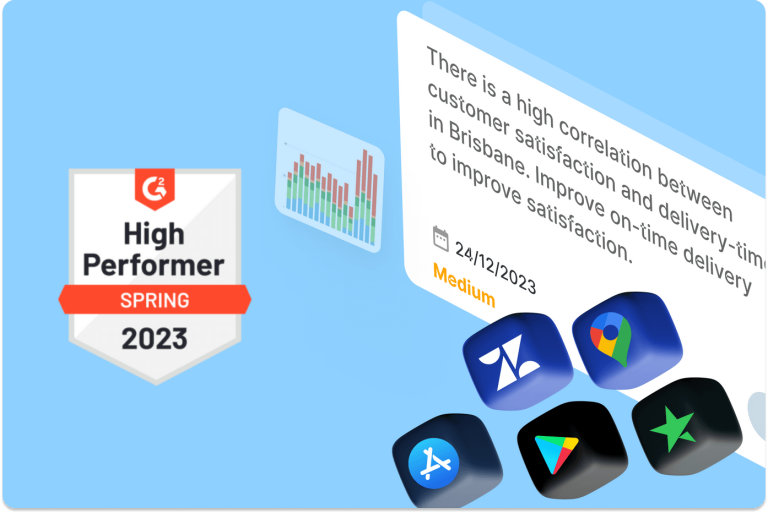

Driving Long-Term Success: The Impact of Customer Success on Customer Lifetime Value (CLV)
As a business owner or marketer, you’ve likely heard about customer lifetime value (CLV) and its importance in driving long-term business success. CLV represents the total amount of money a customer is expected to spend on a business’s products or services during their lifetime as a customer. The higher the CLV, the more valuable a customer is to a business.








